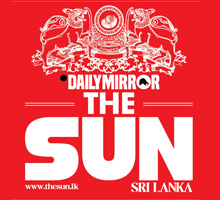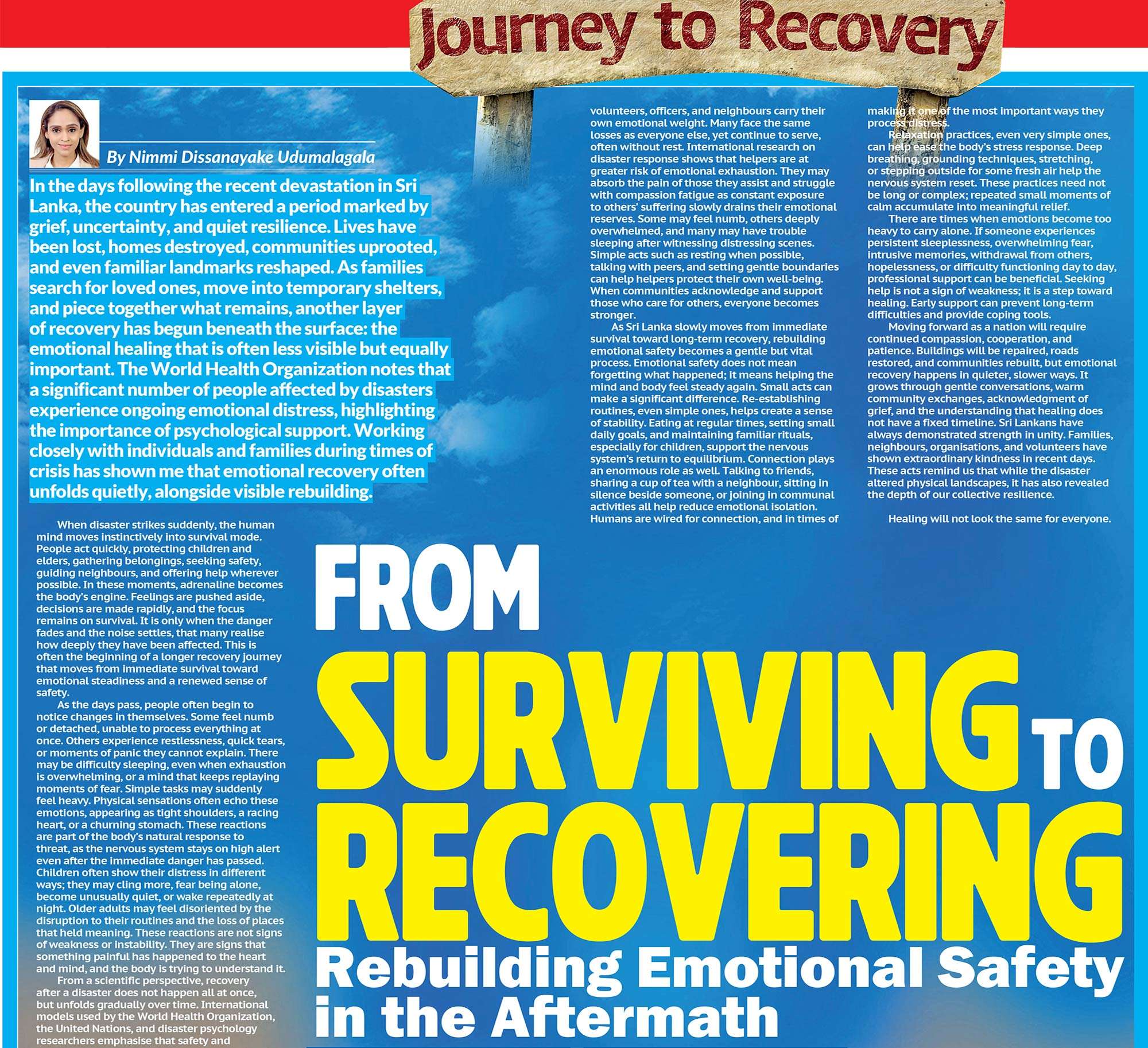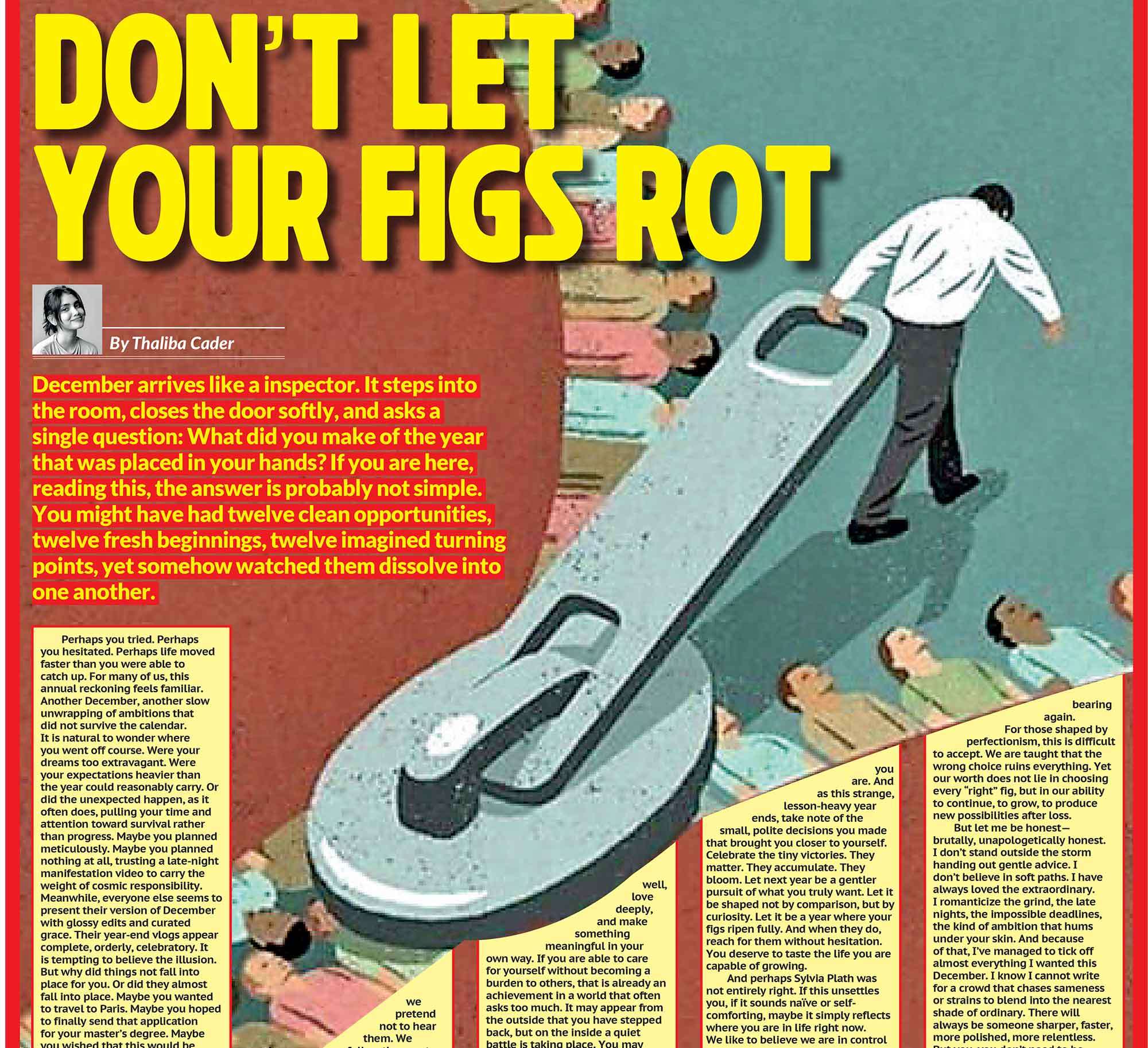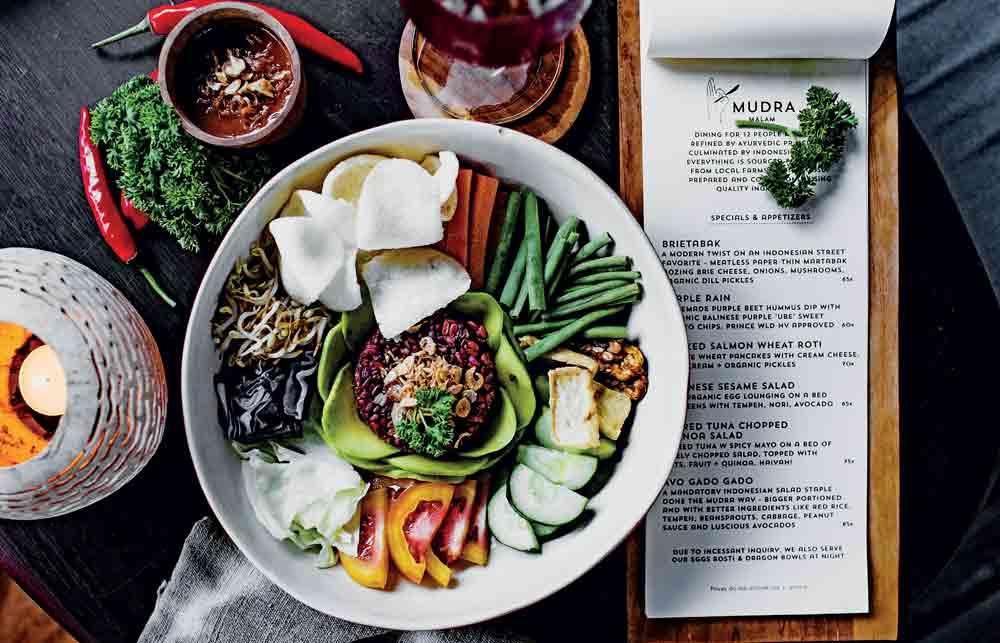
Walk into a restaurant in London or Sydney, and you’ll likely spot a number beside your burger or kottu - not the price, but the calories. It’s a nudge, a quiet reminder of what you’re about to eat. Now, Sri Lanka is slowly catching on, and the conversation around adding calories to restaurant menus is heating up. At first glance, this might sound like a great idea. After all, giving people more information can help them make better choices, right? In some ways, yes. But as with most things in nutrition, it’s not that simple.
There’s another silver lining, it may encourage restaurants to reformulate their recipes. We’ve already seen this overseas: when restaurants realise just how calorie-dense their items are, many start cutting back on salt, sugar, trans fats, and oil
The Case For Calories on Menus
Let’s start with the positives.
Promoting mindful eating.
Seeing a calorie count next to your meal might make you think twice before upsizing your fries or going for that extra paratha. For some, it’s a cue to reflect and reconsider, leading to healthier choices over time. With rates of non-communicable diseases like diabetes and heart disease on the rise in Sri Lanka, that kind of behaviour change can go a long way.
Nudging the food industry.
There’s another silver lining, it may encourage restaurants to reformulate their recipes. We’ve already seen this overseas: when restaurants realise just how calorie-dense their items are, many start cutting back on salt, sugar, trans fats, and oil. This silent pressure can improve the quality of food across the board, without the customer even noticing.
Encouraging innovation.
With transparency comes innovation. Large chains may begin exploring lighter options, maybe a grilled alternative, a smaller portion size, or more plant-based dishes. Customer feedback can also push businesses to regularly review and tweak their menus, keeping public health in mind.
So far, so good but there’s another side of the story we can’t ignore.

The Case Against Calories on Menus
It can trigger disordered eating.
For people with eating disorders, or even those who have a complicated relationship with food, seeing calorie counts everywhere can be deeply triggering. It can turn eating, something that should be nourishing and enjoyable into a numbers game filled with guilt, anxiety, and restriction.
It oversimplifies nutrition.
Here’s the truth: a meal that’s higher in calories isn’t automatically unhealthy. A rice and curry meal with red rice, tempered lentils, and coconut mallung might have more calories than a packet of low-fat biscuits but it’s much more nutritious. Calories don’t tell you about fibre, vitamins, minerals, or how satisfied you’ll feel afterward.
It’s costly for businesses and not always accurate.
For restaurants, especially small, family-run eateries, calculating and displaying calorie values can be expensive. And when budgets are tight, there’s a risk they’ll use cheaper, less accurate methods. This could mislead consumers and create a false sense of security.
For people with eating disorders, or even those who have a complicated relationship with food, seeing calorie counts everywhere can be deeply triggering
A Better Way Forward?
Rather than diving headfirst into calorie counting, Sri Lanka might benefit from simpler, more intuitive systems that educate without overwhelming.
- Traffic Light Labels: Using colours (red, amber, green) to show how high or low a meal is in fats, sugars, and salt can help people make quick, informed decisions without obsessing over numbers.
- Star Rating System: A one-to-five-star system could reflect overall nutritional quality, factoring in both calorie content and beneficial nutrients like fibre, iron, or protein.
- Highlighting Key Nutrients: Labels could indicate if a dish is rich in vitamin A, a good source of fibre, or counts towards your daily five-a-day (fruits and vegetables). This approach shifts the focus from what’s “bad” to what’s “beneficial.”
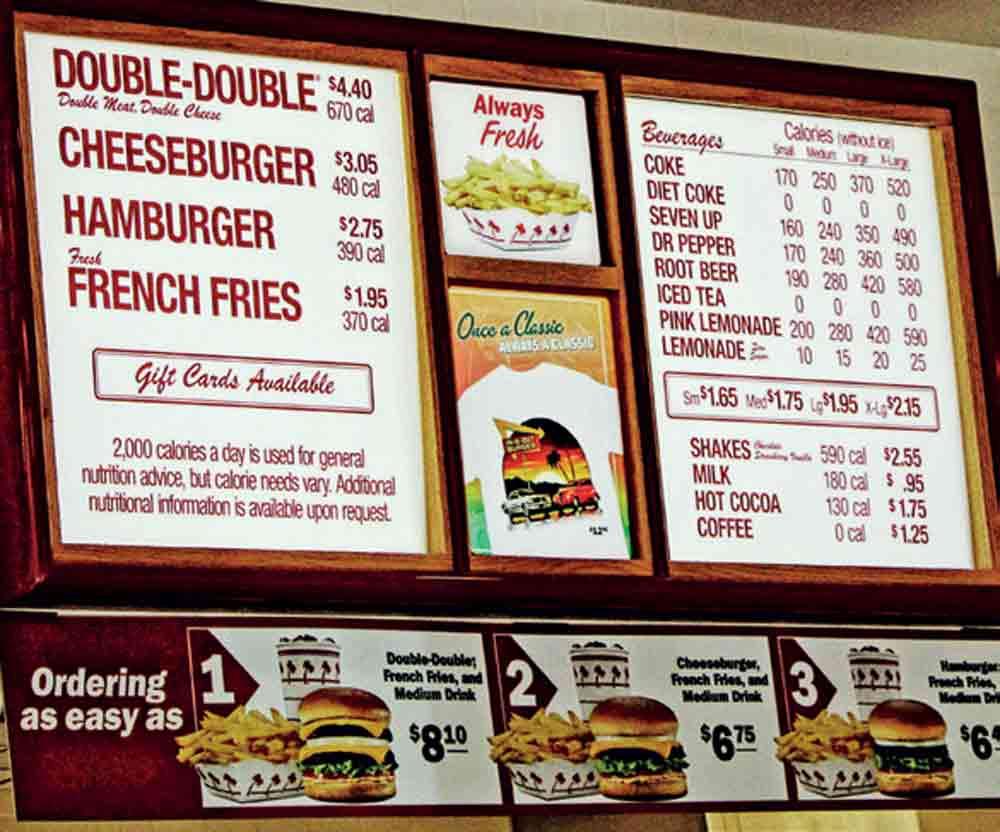
Final Thoughts
Calories on menus can be a useful tool but only when used wisely and paired with proper public education. Right now, most Sri of us are unfamiliar with what calories truly mean, or how they fit into a balanced diet. Without that understanding, we risk doing more harm than good especially for vulnerable groups like teenagers, who are still growing and need plenty of nutrients. Instead of letting numbers dictate our every bite, let’s focus on making meals more balanced, more nourishing, and yes, still enjoyable. Because food isn’t just fuel it’s culture, connection, and care.
